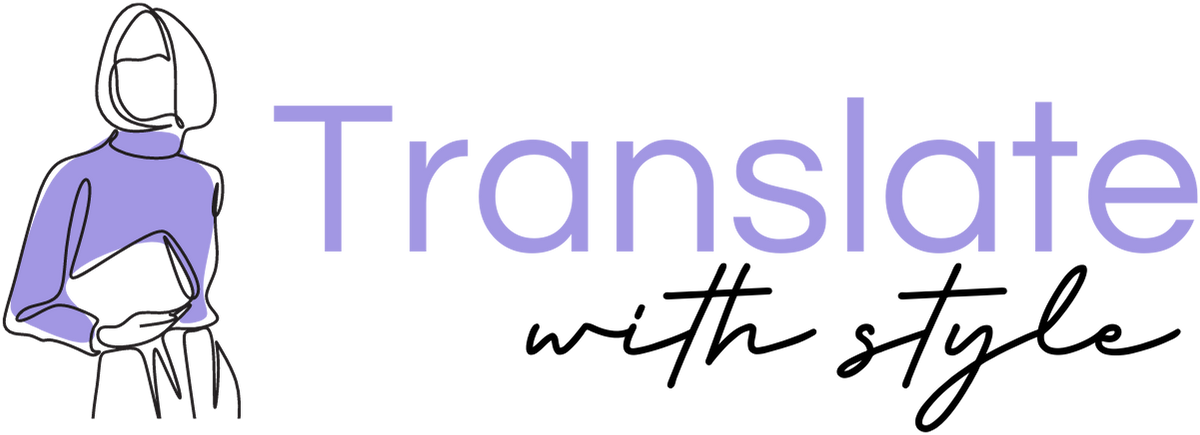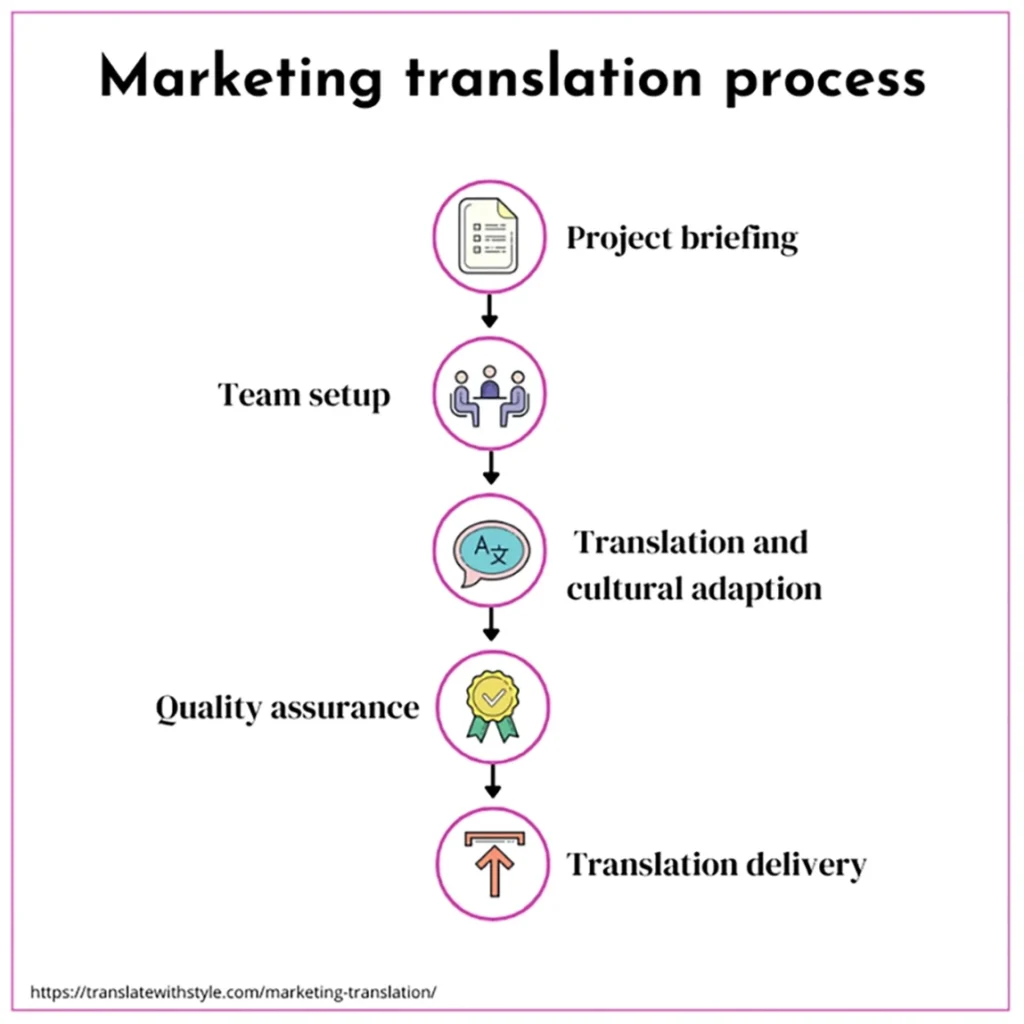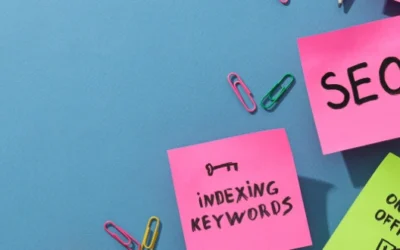“Eating your fingers off!” was not the intention behind KFC’s iconic “finger-lickin’ good” slogan when they rolled it out in China.
Marketing translation mishaps like this can be quite embarrassing and may result in costly fixes and long-term damage to a brand’s reputation. The reality is that connecting with international audiences requires more than just Google Translate and a desire to succeed.
Whether you’re an emerging startup aiming for expansion or a seasoned brand exploring new markets, the success of your international marketing efforts relies on one crucial element: truly understanding your customer’s language.
Let’s learn how to perfect marketing translation and steer clear of becoming the next cautionary tale in the world of global marketing.
What is marketing translation and its benefits?
Marketing translation is the strategic process of adapting your marketing materials from one language to another, while preserving their persuasive impact and cultural relevance.
The meaning of marketing translation extends beyond simple language adaption. It involves the careful adjustment of your brand’s voice to foster genuine connections with audiences in their native language.
Research indicates that 76% of consumers demonstrate a strong preference for purchasing products in their own language, representing a substantial market opportunity.
Also, successful marketing localization helps with your brand’s credibility and improves trust with global audiences. By ensuring accurate linguistic and cultural adaptation, you set your brand apart from competitors while reducing the risk of expensive reputational harm.
Types of marketing content to translate
Marketing translation covers a wide variety of content types, which differ between B2B and B2C markets.
B2C content typically connects with everyday consumers through emotions and lifestyle benefits, while B2B materials focus on technical details, business value, and industry expertise.
When considering marketing materials for translation, they primarily appear in two formats: digital and print content. While digital content leads modern marketing efforts, traditional print materials still play a vital role in establishing brand presence across local markets.
Here are the essential types of content requiring professional translation:
Digital content
- Corporate websites and landing pages
- Social media communications
- Email marketing campaigns
- Product specifications and descriptions
- Digital advertising materials
Print and brand materials
- Product packaging and labeling
- Marketing collateral and brochures
- Corporate identity elements
- Organizational mission statements
- Brand identity guidelines
Now, let’s take a look at the process of effectively translating these marketing materials.
Marketing translation process: Our structured workflow
Getting marketing translation right requires following a clear, structured process. Without proper planning, you might miss important cultural nuances or lose your brand’s voice along the way.
Let’s break down the steps to our successful marketing translation results, from initial planning to final delivery.
Step 1: Project discovery and briefing
We begin by meeting with our client to understand their specific needs. We gather essential materials like style guides and brand guidelines. Together, we create a clear plan that includes:
- Target languages
- Materials to translate
- Timeline and budget
- Brand voice requirements
Step 2: Team setup
We assemble a specialized team of linguists who excel in both language and marketing, ensuring your message will connect strongly with local audiences.
Step 3: Translation and adaptation
Our team starts translating and adapting content for each market, working closely with your marketing team throughout the process.
We know this isn’t just about changing words – it’s about ensuring your message feels authentic while maintaining perfect alignment with your brand strategy.
Through this collaboration, we focus on adapting slogans, cultural references, and visuals to fit each market perfectly.
Step 4: Review and quality assurance
As part of our comprehensive review process, we have native speakers and marketing experts review all content, complemented by testing with local focus groups whenever possible. This thorough approach helps us catch any potential issues before launch.
Step 5: Final translation delivery
We deliver your translated files within the timeline we agreed upon at the start of your project. You receive your materials exactly when you expect them, meeting the deadlines established from day one.
Tips for successful marketing translation
Even with a meticulously planned process, marketing translation presents significant challenges. Each market has its distinct characteristics and strategies that prove successful in one region may prove ineffective in another.
Want to make sure your marketing translation succeeds? Here are proven strategies that help you build strong connections with your target audience while avoiding costly mistakes that could hurt your brand.
Conduct comprehensive market analysis
Don’t make assumptions about your target market – instead, invest time in thorough research of their consumer behavior, preferred social media platforms, and core values. Understanding your audience deeply leads to more effective communication strategies.
Implement strategic transcreation
When your carefully crafted English slogan doesn’t work in another language, we turn to transcreation. This means reimagining your message to keep its impact while making it work naturally for a new audience in their own language.
Maintain brand integrity across markets
While your brand needs to feel consistent in every language, the way you express your message might need adjusting.
Your core values should shine through clearly across all markets, and having past marketing materials or brand guides helps maintain this balance.
Establish local expertise partnerships
By working with professionals who live and breathe the language and culture of your target market, we catch potential issues before they become problems.
These experts understand local preferences and behaviors that significantly impact your campaign’s success.
Cultivate strategic adaptability
What works perfectly in one country might fall flat in another, so you should stay flexible with your marketing approach based on cultural needs.
Being ready to adjust your strategy ensures better results in each market.
Pay attention to local SEO
Digital marketing assets need more than just translation – they need to be found by your target audience.
That’s why it’s important to optimize your content for local search engines using SEO translation, adapting keywords and meta descriptions to match how people actually search in each market.
This ensures your translated content performs well in local search results.
Choose Translate With Style for marketing translation services
Now you know what it takes to translate marketing materials successfully. It’s clear that you need experts who understand both languages and marketing to get it right.
At Translate With Style, we specialize in fashion and beauty industry translations. Our team combines language expertise with deep industry knowledge to make your marketing resonate in any language.
Ready to take your marketing global? Get in touch with us today to get started.





